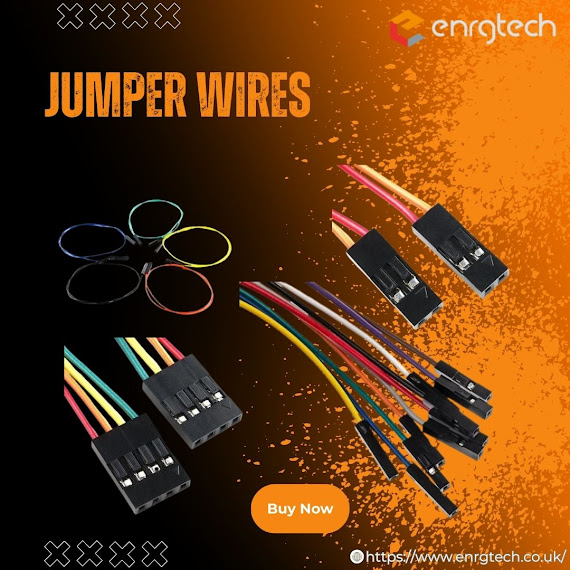Introduction to Jumper Wires
In the realm of electronics, jumper wires play a crucial role in building prototypes, testing circuits, and designing systems. These simple yet versatile tools are essential for anyone from hobbyists to professional engineers. This article explores the definition, types, and uses of jumper wires in various electronic applications.
What Are Jumper Wires?
Jumper wires are short electrical wires with a connector or pin at each end, used primarily to establish a temporary connection between different points on a breadboard or other prototype device. They are fundamental in breadboarding and prototyping within the electronics industry. The flexibility and reusability of jumper wires make them indispensable in an experimenter's toolkit.
Types of Jumper Wires
Understanding the different types of jumper wires is essential for their effective use in projects. Each type is suited for specific applications, based on their connector types and wire flexibility.
1. Male-to-Male Jumper Wires
These are perhaps the most common type of jumper wires used in electronics. Both ends of the wire are equipped with stiff pins which can be easily inserted into breadboards or female headers. Male-to-male wires are versatile for interconnecting components or extending connections.
2. Female-to-Female Jumper Wires
Female-to-female jumper wires have receptacle ends designed to grip the pins from components. They are typically used to make connections from a breadboard to a male header on a PCB or other hardware. These wires are essential when the connection involves a component or board with male pins.
3. Male-to-Female Jumper Wires
These wires are equipped with a male pin on one end and a female connector on the other. They are ideal for connecting hardware directly to a breadboard or extending the reach of other wires. Male-to-female jumper wires are handy in situations where components need to be spaced apart for better organization or cooling.
Materials and Build Quality
The construction of jumper wires affects their durability and conductivity. Most jumper wires are made from copper or a copper alloy, which provides excellent electrical conductivity. The insulation is typically made from PVC or silicone, offering flexibility and protection against short circuits.
Choosing the Right Jumper Wire
Selecting the right jumper wire involves considering several factors:
-
Current Handling: Check the current rating of the wire to ensure it can handle the power requirements of your project.
-
Length: Available in various lengths, choose jumper wires that provide enough reach without creating a tangled mess on your workspace.
-
Connection Type: Depending on the components you are using, select the appropriate combination of male and female connectors.
-
Flexibility: Silicone-insulated wires offer more flexibility and durability compared to PVC-insulated ones.
Common Applications of Jumper Wires
Jumper wires are used extensively in:
-
Prototyping: Quickly assemble and modify circuits on breadboards.
-
Testing: Easily test connections and functionality in circuits.
-
Educational Projects: Teach students and beginners how to build and understand electronic circuits.
-
Repair: Temporarily replace damaged wires or connections in electronic devices.
Advantages of Using Jumper Wires
-
Flexibility: Easily add, remove, or change connections.
-
Cost-Effective: Reusable and inexpensive.
-
No Soldering Required: Make connections without the need for soldering, which is ideal for temporary setups or beginners.
Tips for Using Jumper Wires Effectively
-
Organize Your Connections: Keep your wires color-coded and organized to avoid confusion and possible errors.
-
Inspect Regularly: Check for any signs of wear or damage to ensure reliability.
-
Use the Correct Length: Avoid too long a wire, which can lead to tangling, or too short a wire, which can pull on other components.
Conclusion
Jumper wires are a fundamental component in the toolkit of anyone involved in electronics. Understanding the different types of jumper wires and their applications can significantly enhance your project's efficiency and success. Whether you are a seasoned engineer or a hobbyist, mastering the use of jumper wires is an invaluable skill in the field of electronics.



%20(1).jpg)
%20(1).jpg)
%20(1).jpg)

0 Comments